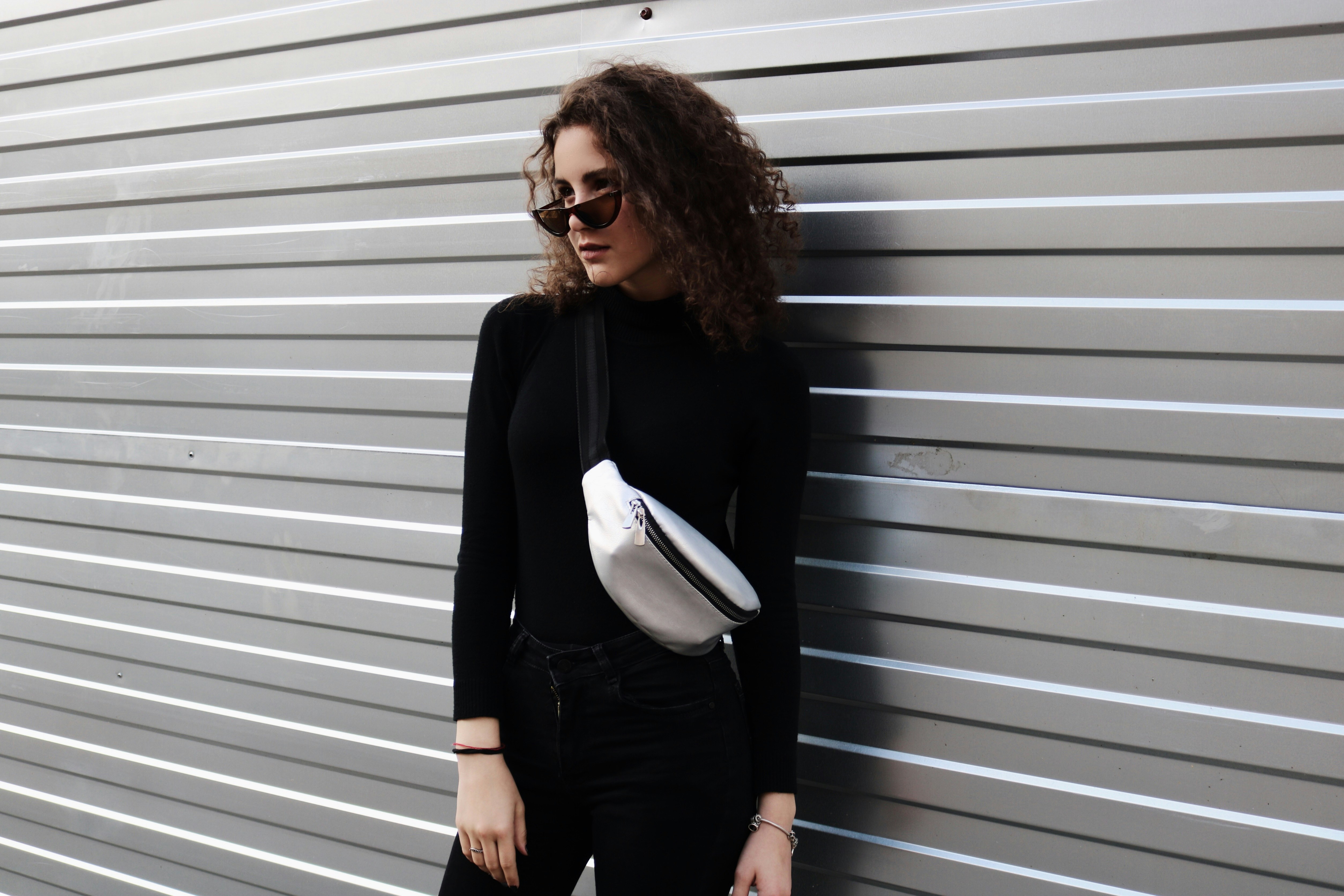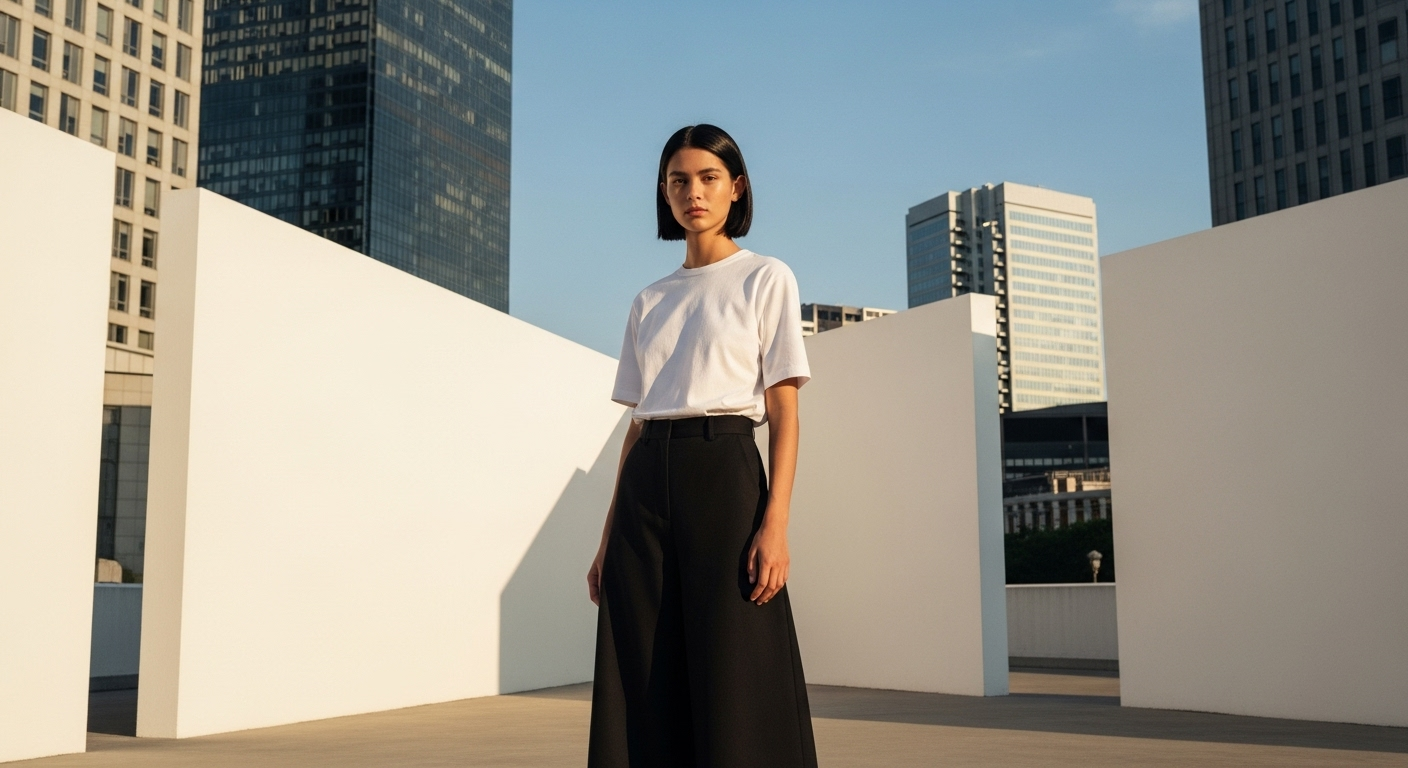Unveiling the Mystique of Androgynous Fashion: A Dive into Gender Fluidity in Clothing
Introduction: There's a thrilling evolution unfolding in the world of fashion—a shift towards the exciting, boundary-pushing realm of androgynous style. This article explores the rise and appeal of this trend, the historical influences that have shaped its evolution, and the impact it's having on shopping behavior and consumer choices.

1. The Dawn of Androgynous Fashion: A Historical Overview
Androgynous fashion, characterized by a disregard for traditional gender-specific clothing, has its roots in the early 20th century. Notable figures like Marlene Dietrich and Katharine Hepburn set the stage for this style, blurring gender lines by wearing trousers—a garment typically ascribed to men. In the 1960s and 70s, the trend gained traction with the advent of unisex fashion, spurred on by cultural shifts and the rise of the feminist movement.
2. The Modern Appeal of Androgynous Style: Breaking Free from Gender Norms
Today, androgynous fashion is about more than just style—it’s a symbol of gender fluidity and a rejection of society’s binary gender norms. Designers like Alessandro Michele at Gucci and Miuccia Prada are known for their androgynous designs, which have been embraced by celebrities and fashion-forward consumers alike. This style appeals to those who value individuality, fluidity, and freedom of expression in their clothing choices.
3. The Evolution of Androgynous Fashion: A Market Perspective
The rise in popularity of androgynous fashion is not just a cultural phenomenon—it’s also influencing shopping habits and the retail industry. Brands are responding by offering more gender-neutral collections, blurring the lines between men’s and women’s sections in stores. As more consumers embrace this trend, the market for androgynous fashion is expected to grow, influencing the future of the fashion industry.
Practical Advice: Embracing Androgynous Style
-
Start with basics: Invest in versatile pieces like tailored blazers, button-down shirts, and loafers that can be styled in various ways.
-
Mix and match: Combine masculine and feminine elements in your outfit for a balanced look.
-
Accessorize wisely: Choose accessories that add a touch of femininity or masculinity to your outfit, depending on the look you’re going for.
-
Experiment with silhouettes: Play with different shapes and cuts to find what suits your style and body type.
-
Confidence is key: The most important aspect of pulling off androgynous style is carrying it with confidence and owning your individuality.
4. The Influence of Androgynous Fashion: Shaping the Future of Style
Androgynous fashion is not just a fleeting trend—it’s shaping the future of fashion and challenging the industry to think beyond binary gender norms. As society becomes more accepting of diverse gender identities, this fashion trend is likely to continue evolving and influencing the way we shop and dress.
Closing Thoughts:
The rise of androgynous fashion signals a shift towards greater inclusivity and freedom of expression in the fashion world. As this trend continues to evolve, it’s clear that the future of fashion lies in breaking boundaries, challenging norms, and celebrating individuality.






